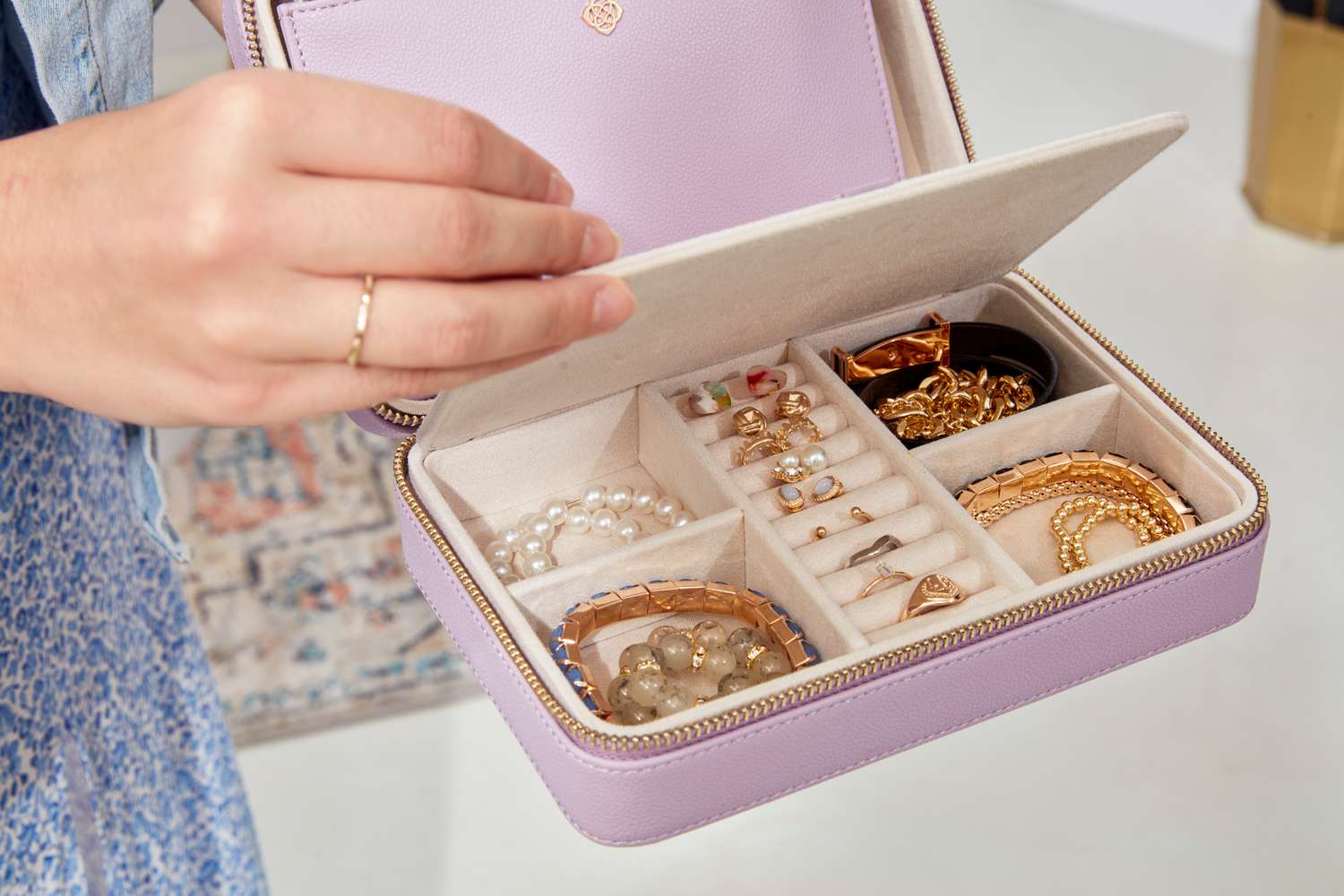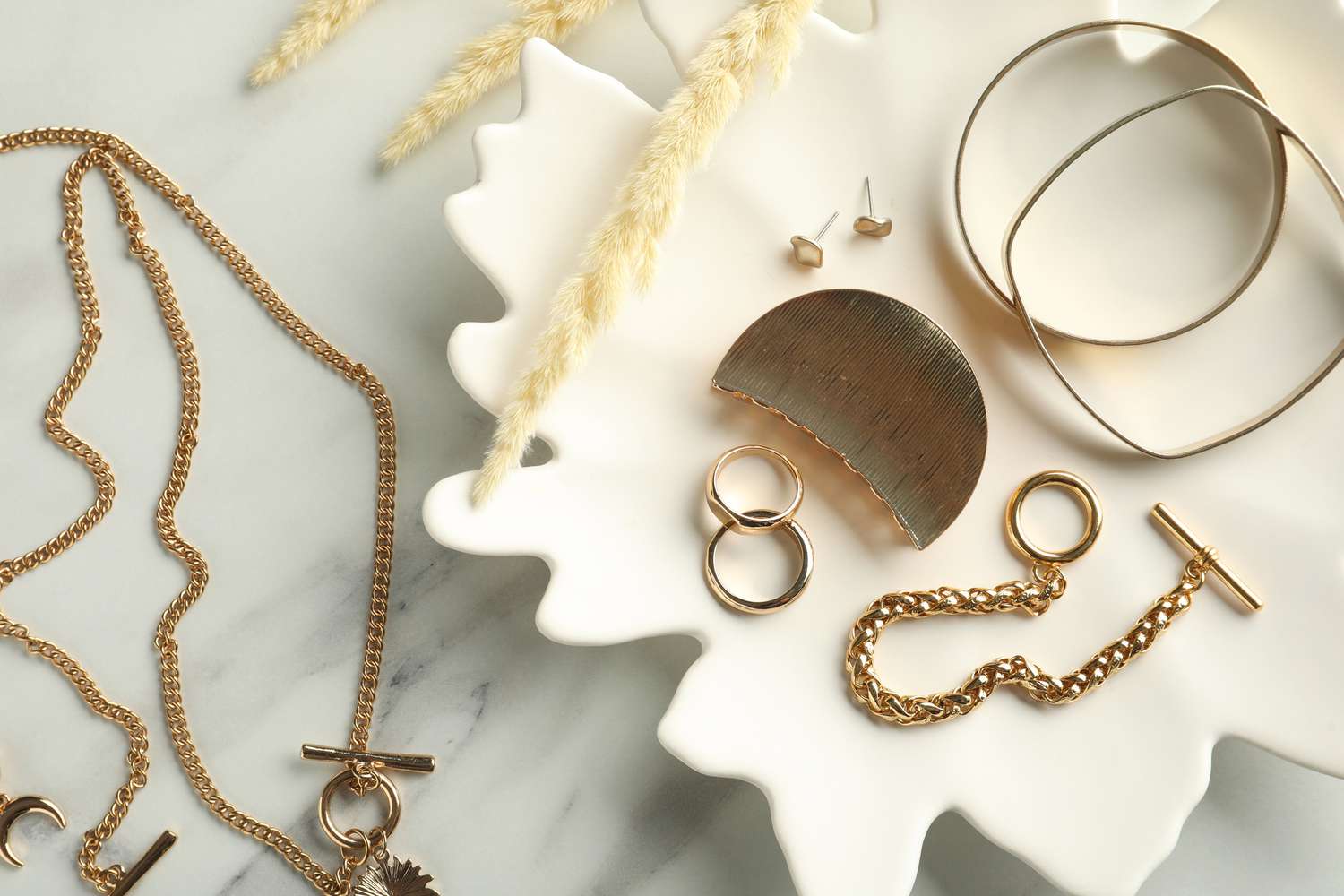The Timeless Allure of Jewelry: A Reflection of Culture, Craftsmanship, and Self-Expression
Jewelry, throughout history, has been more than just a means of adornment; it is an art form that transcends time and culture. Its allure lies not only in its material beauty but in the way it has continually served as a symbol of personal identity, wealth, status, and even spirituality. Whether it’s a shimmering diamond ring marking a significant life event or a simple gold bracelet passed down through generations, jewelry encapsulates moments, stories, and emotions that words often fail to express. As we explore the world of jewelry, we find that its significance is as multifaceted as the gemstones that adorn it.
A Journey Through History: Jewelry’s Role Across Cultures
From the ancient civilizations of Egypt and Mesopotamia to the grandeur of the European Renaissance, jewelry has played a pivotal role in human culture. In ancient Egypt, for example, jewelry was not merely decorative; it was imbued with deep spiritual meaning. Amulets and rings were believed to protect the wearer from evil, while gold was considered the skin of the gods, symbolizing eternity and divine power. For the Egyptians, crafting jewelry was a way to honor both the living and the dead, ensuring that individuals were equipped with symbolic protection for the afterlife.
Similarly, in ancient Greece and Rome, jewelry was used to indicate one’s social standing. Wealthy individuals often wore elaborate gold pieces, including intricately designed rings and brooches, which were meant to display both their affluence and their taste. Roman jewelry often featured gemstones such as emeralds, sapphires, and pearls—each selected for its color, rarity, and symbolism. For the Romans, the choice of gem was almost as important as the material used to create the piece itself. It was believed that gemstones had specific healing or protective powers, making their selection a matter of both fashion and superstition.
As time progressed, jewelry became an essential part of royal and noble wardrobes. The Renaissance period saw an explosion of creativity in jewelry design, as artists and craftsmen sought to demonstrate their skills through intricate works of art. The use of gemstones and metals became more refined, with pieces often representing the wealth and power of monarchs. This period marked the beginning of jewelry as a form of personal expression, with elaborate designs being commissioned not only for their beauty but also for their ability to convey power, wisdom, and moral virtue.
The Art and Craftsmanship of Jewelry Making
At the heart of every piece of jewelry lies the artistry and craftsmanship of its maker. The process of designing and creating jewelry is an intricate balance of precision, creativity, and technical skill. From the initial sketch to the final polish, each step is an expression of artistry.
One of the most revered aspects of jewelry making is the selection of materials. Precious metals such as gold, silver, and platinum are often chosen for their rarity and enduring value, while gemstones such as diamonds, rubies, emeralds, and sapphires add a dazzling brilliance to each piece. Each gemstone is unique, with its own color, clarity, and shape, requiring skilled gemologists to assess and cut it to perfection.
The art of setting stones, known as gem setting, is a delicate procedure that demands an expert’s touch. Whether it’s a classic prong setting, which allows maximum light exposure to the stone, or a more modern bezel setting, which securely encloses the stone, the setting must complement the gem’s natural beauty while ensuring durability. This expertise, passed down through generations of artisans, is what gives each piece of jewelry its character.
Goldsmithing and silversmithing are also foundational skills in the creation of jewelry. These ancient techniques involve the careful manipulation of metals to create designs that are both aesthetically pleasing and structurally sound. Techniques such as engraving, filigree, and casting have evolved over the centuries, allowing contemporary jewelers to produce intricate, one-of-a-kind pieces that reflect both innovation and tradition.
Jewelry as a Reflection of Personal Identity
In the modern era, jewelry has become an essential form of self-expression. While in the past, pieces may have signified status or wealth, today’s jewelry often carries deeply personal meanings. It might represent a significant life event, such as an engagement or wedding, or be a symbol of an individual’s heritage, values, or aspirations.
For many people, the act of choosing a piece of jewelry goes beyond its physical beauty. It becomes an intimate decision, one that can reflect their personal style, memories, and experiences. A custom-made piece, for example, might feature a gemstone that holds sentimental value, such as a birthstone or a stone that symbolizes a specific emotion or milestone. In this sense, jewelry becomes more than just a physical accessory—it becomes a part of one’s identity.
Moreover, the trends of the contemporary jewelry industry emphasize individuality and self-expression. The rise of personalized jewelry, such as engraved necklaces or initial rings, has made it possible for individuals to wear pieces that resonate with their unique story. The popularity of bespoke jewelry, where clients can collaborate with designers to create one-of-a-kind pieces, has also flourished, allowing people to make a personal statement that is as unique as their personality.
The Ethics and Sustainability of Jewelry
As consumers become increasingly conscious of the environmental and ethical implications of their purchases, the jewelry industry has faced growing scrutiny over the sourcing of materials. Issues such as conflict diamonds, unethical labor practices, and environmental degradation from mining have prompted calls for greater transparency and sustainability.
In response, many jewelers have made strides toward more responsible practices. Fair-trade gold, for instance, is now available, ensuring that the metal is sourced in a way that benefits workers and communities while minimizing environmental harm. Lab-grown diamonds, which offer an ethical alternative to traditional mining, have also gained popularity for those who want to make a socially conscious choice without sacrificing beauty or quality.
In addition, the concept of “vintage” or “pre-loved” jewelry has become increasingly popular. Many individuals now seek out antique or second-hand pieces, both for their historical value and their reduced environmental impact. This movement towards sustainability represents a shift in the jewelry market, where the focus is not only on aesthetics but also on the broader impact of the jewelry’s creation and ownership.
Conclusion: A Legacy Worn Close to the Heart
Jewelry remains a timeless and essential part of human culture, its significance evolving from symbolic to personal expression. Whether as a symbol of social status, an artistic masterpiece, or a personal talisman, jewelry continues to captivate and inspire. Its creation is a reflection of the unparalleled skill of artisans, while its wearing becomes a deeply intimate connection to the stories and memories it embodies. As we move toward a future where ethical considerations and sustainability are prioritized, the jewelry industry will no doubt continue to adapt and evolve, ensuring that the allure of precious gems and metals remains as enduring as ever.






